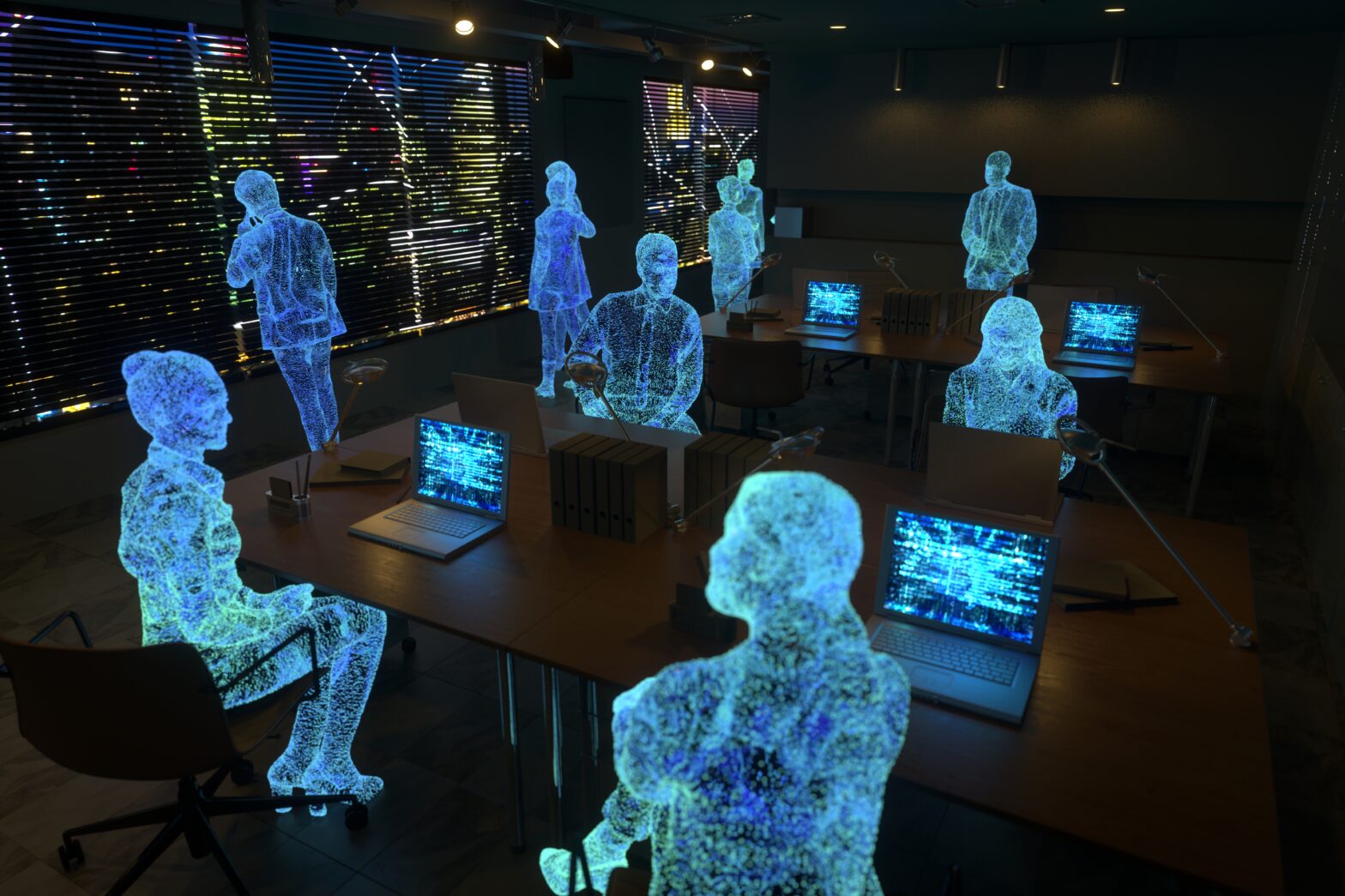As we move towards the close of 2018, technology is entering into an exciting state for consumers and organisations like. This year we’ve started to chart the waters of technologies such as blockchain and artificial intelligence, narrowing down on industry specific solutions for the future. Next year, many technologies will come off age, including AR technology.
We’re now starting to understand the implications of disruptive technologies with more sophistication. Artificial intelligence is moving from being an unfamiliar entity to a technology used to improve specific business processes. As CEO and Founder of Indico Tom Wilde suggests: “Companies are looking for business solutions – aimed at improving the customer experience’. As a result, we should expect to see “fewer AI-only solutions coming to market, and fewer pure-AI startups being funded”.
For now, AI looks set to continue its upward trajectory. The International Data Corporation (IDC) anticipates that global spending on AI will reach $57.6 billion by 2021. AI is starting to hit its stride as business owners recognise how decision making can be improved (particularly with regards to analysing customer journeys). It is for this reason that 51% of businesses will be making the transition to AI by 2019.
Organisations have not only become more educated about AI but also with regards to technologies such as blockchain too. Blockchain has been discussed extensively in popular culture and the widespread airtime it has received has helped to improve our collective understanding over its future potential.
Applications of blockchain; it won’t be foreign & intimidating anymore
While many saw blockchain technology as merely a footnote in the realm of cryptocurrency, a number of more ambitious companies saw the potential that blockchain has to offer across industry applications. In 2018, companies from Porsche to De Beers have implemented high profile blockchain pilots but the results of these developments have yet to come to full fruition.
Earlier this year Forrester Research Inc. anticipated that 90% of blockchain pilots won’t become complete products or services. Blockchain has successfully inspired entrepreneurs but it has yet to become the technological bedrock that it is hoped to be in future.
It would, however, be a mistake to suggest that blockchain is falling off the map just yet. Nick Cowan CEO of the Gibraltar Stock Exchange suggests that there will be a “level of maturation within the blockchain space in 2019” as more “sustainable blockchain projects” are developed.
The desire to develop sustainable blockchain projects is a sentiment that Medici Ventures has embodied within many of their projects. According to their president Jonathan Johnson, they will be launching a blockchain driven regulated exchange in 2019.
tZERO has been designed to integrate “cryptographically secure distributed ledgers with existing market processes to reduce settlement time and costs, increase transparency, efficiency and auditability”. tZERO will be one of many blockchain projects helping to push the financial services industry to its next stage of development.
If we look towards consumer technology, one of the most exciting areas of development encompasses virtual and augmented reality. So far there have been a number of high profile, commercially successful VR products but on the whole, there is still lots of room for improvement in both VR and AR technology. VR Company Oculus will be releasing the Oculus Quest in Spring 2019 with a display resolution of 1600×1440 per eye.
On the AR technology side of things there also signs of promise. Economic Daily News has pieced together insider information to suggest that the 2019 iPhone will have three rear cameras. On first glance this appears relatively innocuous given the release of similar phones such as the Huawei P20 Pro in the past, but security analyst Lu Jialin suggests that there could be more than meets the eye.
Jialin proposes that the three cameras will combine together to create an AR experience for the customer. One camera could use a telephoto lens while the other two conduct depth mapping. If this is the case then AR would have access to a much larger demographic than ever before.
The stars are aligned for the augmented reality shopping revolution
Of all the disruptive technologies emerging it is clear that technology providers are becoming much more savvy about how they leverage these technologies to improve key business processes. In recent years organizations have dived head-first into technology like AI and blockchain without having clearly defined industry specific applications in mind.
What makes 2019 so exciting is that 2018 has been a harsh testing ground to establish how these technologies can be improved, and what problems they can solve. The successes and failures of technologies such as blockchain and virtual reality have given technology providers everything they need to launch into the next stage of development. In other words, high in the sky aims have given way to clear, targeted goals and expectations.










